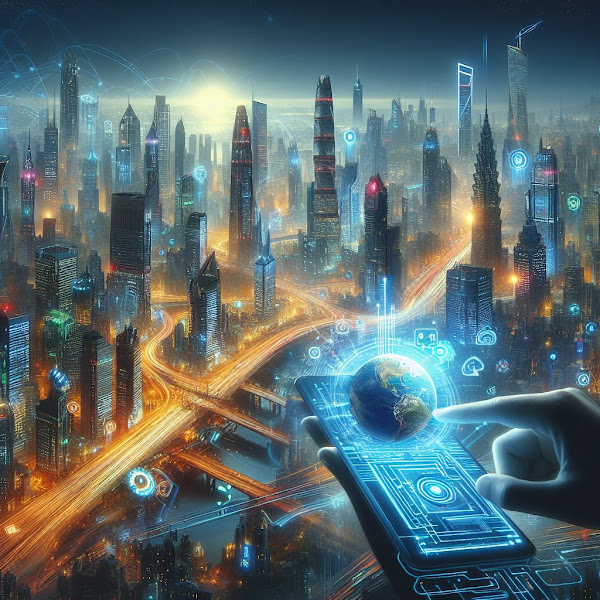Smart Grids: The Future of Energy Management and Distribution
Smart Grids: The Future of Energy Management and Distribution
Introduction
Smart grids are shaping up to be the future of energy management and distribution. They represent a significant leap from traditional electricity grids, integrating advanced technologies to create a more efficient, reliable, and sustainable energy system.
What is a Smart Grid?
Think of a traditional electricity grid as a one-way street. Power plants generate electricity, and it flows through transmission lines to substations and then to our homes and businesses. A smart grid, however, is a two-way conversation. It uses digital technology to monitor, analyze, and control the flow of electricity across the entire grid.
Key Technologies in Smart Grids
- Advanced Metering Infrastructure (AMI): Smart meters collect real-time data on energy usage, allowing for more accurate billing and empowering consumers to manage their consumption.
- Sensors and communication networks: These gather data on various grid parameters like voltage and current, enabling real-time monitoring and identifying potential problems.
- Automation and control systems: They can adjust power flow dynamically, optimizing energy delivery and reducing losses.
Benefits of Smart Grids
- Increased Efficiency: Real-time data allows for optimizing energy use, reducing transmission and distribution losses.
- Improved Reliability: Smart grids can identify and respond to outages faster, minimizing downtime.
- Grid Resilience: They can integrate renewable energy sources like solar and wind more effectively, even when their output fluctuates.
- Consumer Empowerment: Smart meters give consumers insights into their energy use, allowing them to make informed choices and potentially save money.
- Environmental Sustainability: Increased efficiency and integration of renewables contribute to a cleaner energy future.
Challenges of Smart Grids
- Cost of Implementation: Upgrading existing infrastructure to a smart grid can be expensive.
- Cybersecurity Concerns: Protecting the grid from cyberattacks is crucial.
- Data Privacy: Ensuring the security and privacy of consumer energy data is essential.
The Future of Smart Grids
Despite the challenges, the potential benefits of smart grids are undeniable. As technology advances and costs decrease, smart grid deployment is expected to accelerate. This will lead to a more efficient, reliable, and sustainable energy system for the future.
Areas of Evolution in Smart Grids
- Self-Healing Grids: These grids will be able to automatically identify and fix problems, minimizing the need for human intervention.
- Microgrids: These are localized grids that can operate independently of the main grid, providing more flexibility and resilience.
- Integration with Electric Vehicles (EVs): Smart grids will need to adapt to accommodate the growing number of EVs and their charging needs.
Conclusion
Smart grids are a revolutionary technology with the potential to transform the way we generate, distribute, and consume energy. By embracing smart grids, we can move towards a more secure, sustainable, and efficient energy future. The integration of advanced technologies will not only enhance the reliability and resilience of our energy systems but also empower consumers to make informed decisions, ultimately contributing to a greener planet.











Comments
Post a Comment